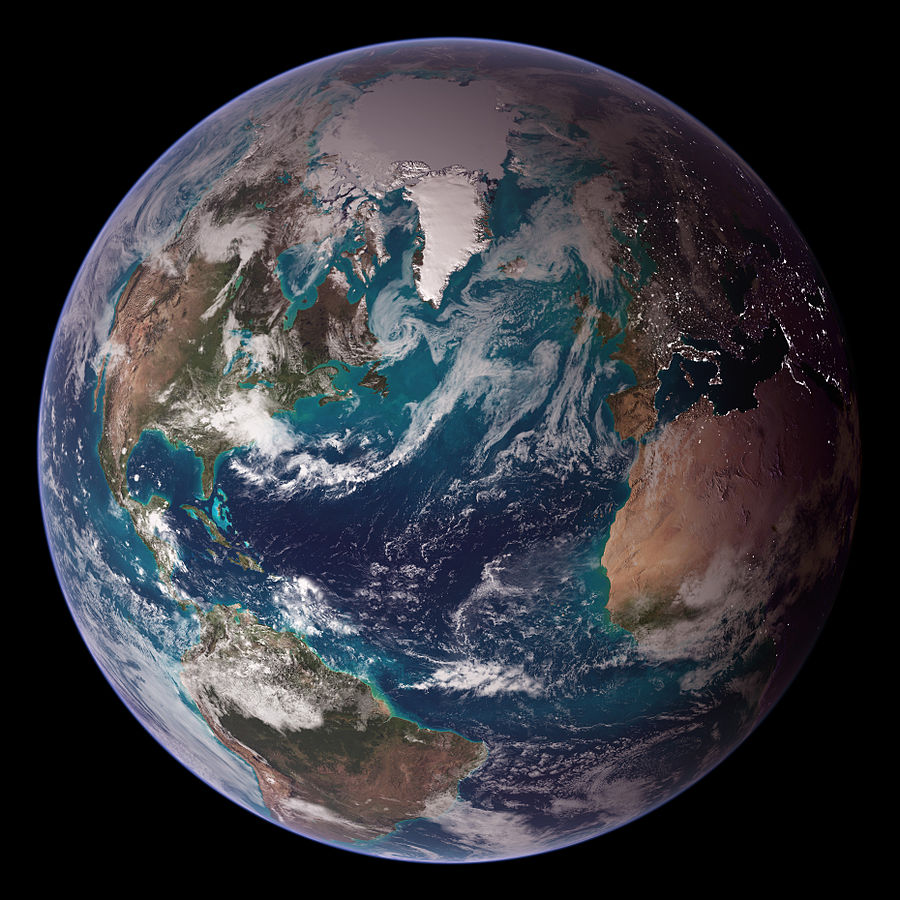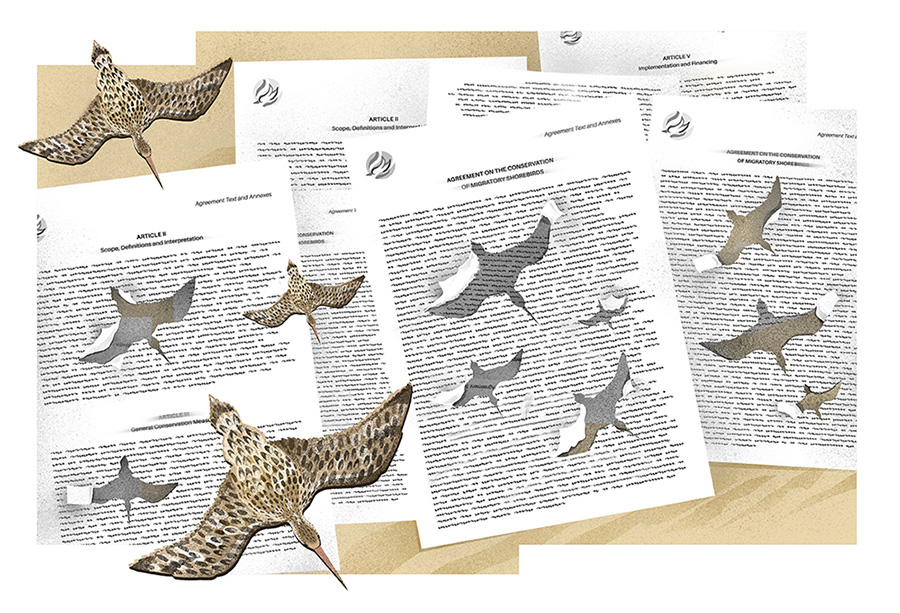Protected areas—be it national parks, nature reserves and the like—are usually thought of as the most important means of conserving nature as well as the biodiversity and ecosystem services associated with them. At a global level, the number of protected areas as well as the total area under protection have steadily increased over the last decades. Yet, their distribution is severely biased towards certain regions, countries and continents.
Given the extraordinary threat biodiversity faces under the current and future climatic changes, it is uncertain which regions of the world will serve as refuges for the world’s fauna and flora. Thus, it is important that the existing protected areas ideally cover the full spectrum of environmental conditions, so that as many animals and plants as possible can still inhabit the optimal environmental niche where they can thrive.

To ensure this, we need to know which environmental conditions are over- or underrepresented by the current global protected area network. For this, we calculated the percentage area under protection across different environmental conditions. For the marine realm, we looked at factors such as sea surface temperature, sea surface salinity, and bathymetry (depth to the seafloor), and for the terrestrial realm, we considered temperature, precipitation, and elevation, which are among the main determinants of species richness in both realms. Combining the information on environmental conditions with the distribution of currently protected areas, we were able to assess the coverage across different environmental conditions. We not only did this for each factor (e.g., temperature) individually, but also for the pairwise combinations of the respective factors (e.g., temperature and precipitation). This was because the environmental niche of a species is often not just described by a single variable, but a combination of them.
Considering only one variable at a time, we found that for the terrestrial realm, high temperature, low precipitation as well as medium and very high elevation conditions were underrepresented. While for the marine realm, low and medium sea surface temperature, medium and high sea surface salinity conditions, as well as the deep sea were underrepresented. Looking at the pairwise combination of variables, we found that both cold and very dry terrestrial environments, i.e. deserts, had mostly low protection. This was also the case for low sea surface temperature as well as low and medium sea surface salinity conditions across most depths for marine environments.

Our findings indicate which biophysical conditions currently lack protection and where areas with these conditions are located. Together with biodiversity measures this information can be used to guide current and future conservation efforts, which will hopefully help to establish a more comprehensive global protected area network that will be more resilient to current and future climatic changes.
Further Reading
Biber, M. F., A. Voskamp and C. Hof. 2021. Representation of the world’s biophysical conditions by the global protected area network. Conservation Biology. https://doi.org/10.1111/cobi.13822.
Images: Wikimedia Commons






